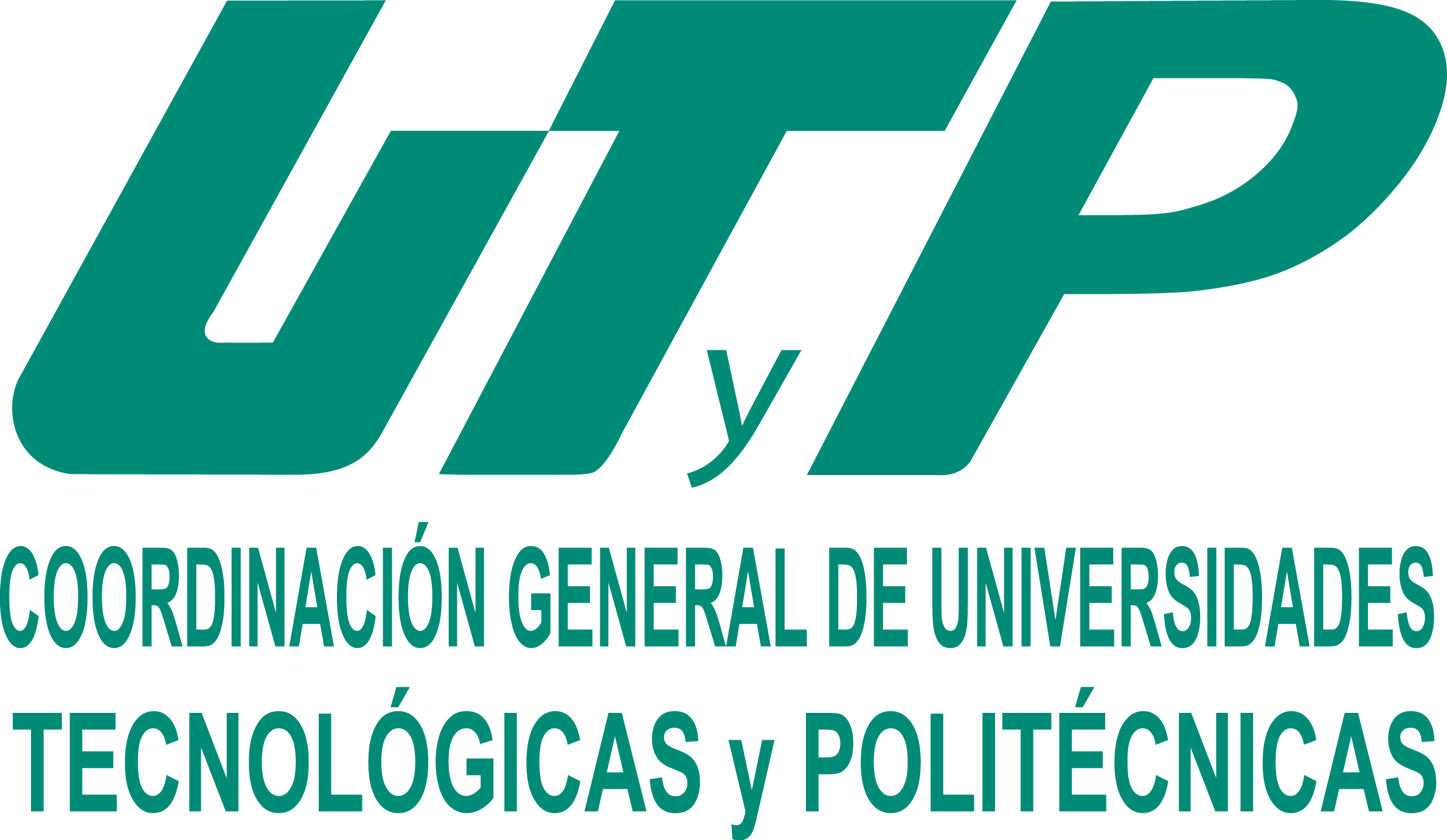Obtaining a Mathematical Model to Predict the Power of a Photovoltaic System using IoT
Keywords:
API, Photovoltaic, IoT, Mathematical model, API, Photovoltaic, IoT, Mathematical modelAbstract
In this assignment it is obtained a mathematical model
to predict the generated power in a photovoltaic system using
the Internet of Things (IoT). To generate the model climatological
data was obtained from the API Meteomatics and from a website
of the solar inverter supplier GoodWe for 15 days. From
the website, real generation data for a photovoltaic system was
obtained. With this data a multivariable regression was generated
and validated using the IBM´s software SPSS. The model
obtained reproduces with an accuracy of 96.4% (for clear days)
the real power with a resolution of 15 minutes.
Downloads
References
Arif, M., & Hasan, M. (2018). Microgrid architecture, control, and operation. Hybrid-Renewable Energy System in Micrigrids, 23-37. https://doi.org/10.1016/B978-0-08-102493-5.00002-9
Baptista, D., Abreu, S., Travieso-González, C., & Morgado-Dias, F. (2016). Hardware implementation of an artificial neural network model to predict the energy production of a photovoltaic system. Microprocessors and Microsystems. https://doi.org/10.1016/j.micpro.2016.11.003
Cristaldi, L., Faifer, M., Rossi, M., & Ponci, F. (2012). A Simple Photovoltaic Panel Model: Characterization Procedure and Evaluation of the Role of Environmental Measurements. IEEE Transactions on Instrumentation and Measurement, 2632-2641.
Datta, U., Kalam, A., & Shi, J. (2018). Hybrid PV-wind renewable energy sources for microgrid application: an overview. Hybrid Renewable. Energy Systems in Microgrid, 1-22.
Fengler , D. (2021). Meteomatics. Obtenido de Build insights and solutions using Meteomatics Data to improve decision making, realize efficiencies and save costs. https://www.meteomatics.com/en/
Fundación Guanajuato Produce. (2021). Fundación Guanajuato Produce, AC. Obtenido de Datos de la red de estaciones: http://www.fundacionguanajuato.mx/es/contacto/
Ganguly, P., Kalam, A., & Zayegh, A. (2018). Solar–wind hybrid renewable energy system: current status of research on configurations, control, and sizing methodologies. Hybrid-Renewable. Energy Systems in Microgrids, 219-248.
GoodWe (2021). Acerca de GoodWe. Consultado el 27 de abril del 2021. Recuperado de https://es.goodwe. com/quienes-somos.asp
Granda-Gutierrez, E. O.-G. (2013). Modelado y Simulación de Celdas y Paneles Solares. Congr. Int. Ing. Electrón. Mem. Electro, 17-22.
Gulin, M., Pavlović, T., & Vašak, M. (2017). A one-day-ahead photovoltaic array power production prediction with combined static and dynamic on-line correction. Solar Energy.
Liu, L., Liu, D., Sun, Q., Li, H., & Wennersten, R. (2017). Forecasting power output of photovoltaic system using a BP network method. Energy Procedia, 780-786.
Norzagaray, J. H. (1996). Implementación de un Sistema Automatizado de Adquisición de Datos Meteorológicos y Solarimétricos.
SA, P. (2020). PVsyst 7 Help. Obtenido de Array incidence loss (IAM): https://www.pvsyst.com/help/iam_loss.htm
Sood, V., & Abdelgawad, H. (2019). Microgrid architectures. Energy Resources in Microgrids, 1-31.
Wheater Spark (2021). El clima promedio en Celaya. Consultado el 27 de abril del 2021. Recuperado de: https://es.weatherspark.com/y/5015/Clima-promedio-en-Celaya-M%C3%A9xico-durante-todoela%C3%B1o#:~:text=El%20clima%20promedio%20en%20Celaya,m%C3%A1s%20de%2034%20%C2%B0C








